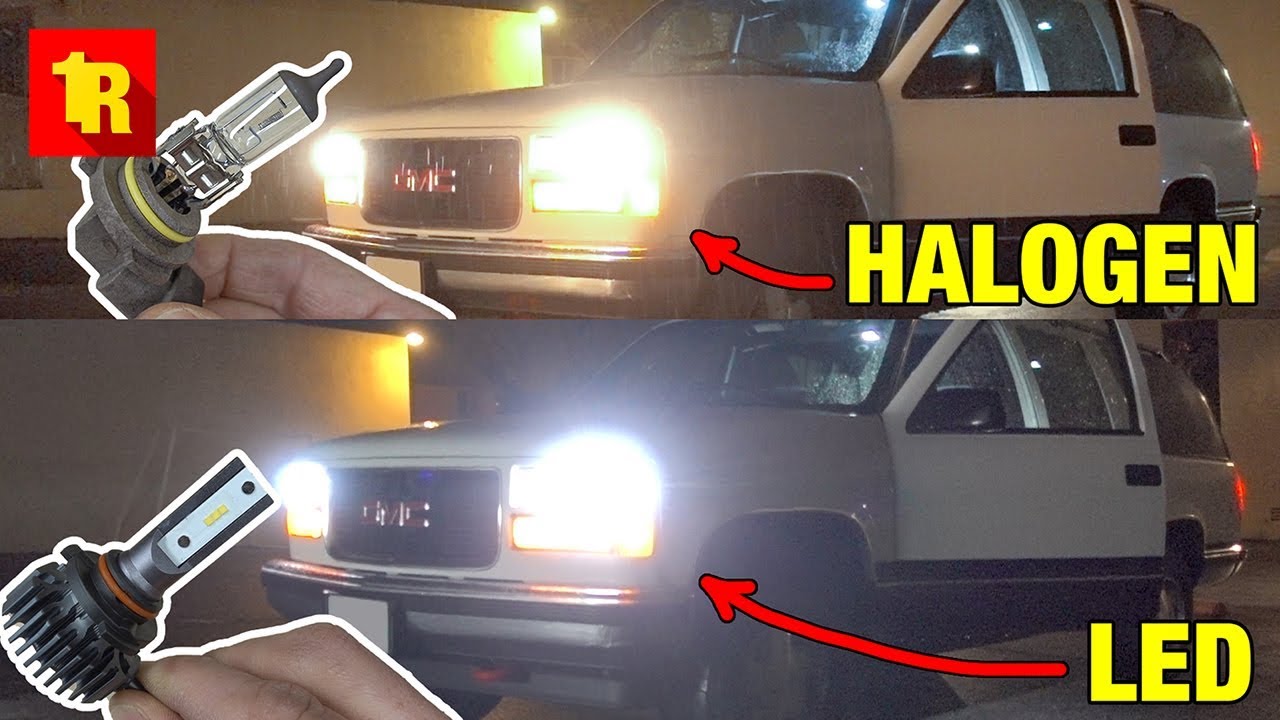Your vehicle is a significant investment. This means that you need to make it last as long as possible to ensure that you are getting your money’s worth. The good news is that it is relatively simple to lengthen your car’s lifespan. Here are ten tips to help you out:
1. Follow the Manual Service Schedule
Your vehicle manual provides a treasure trove of information about your car. In particular, it will give you insight into how often your car needs to be serviced. Keep in mind, each make and model is unique. Thus, you need to follow the instructions mentioned in the manual. It is only then that you can keep your car in the best possible condition.
If you have a newer model, you will be pleasantly surprised by how infrequently you need to get your car serviced. As vehicles become more sophisticated, they don’t need to undergo maintenance quite as often.
2. Top Up Your Vehicle’s Fluids As Required
The fluids that flow through your car’s system are the lifeblood of the vehicle. Therefore, these fluids need to be maintained at an optimal level. This will allow the various components of the car to work smoothly, reducing the risk of mechanical issues or breakdowns.
The main fluids you should keep track of are engine fluid, transmission fluid, coolant, windshield wiper fluid, brake fluid, and power steering fluid. In newer cars, you may not be able to check the transmission fluid. So, you will have to check in with your mechanic frequently to ensure that it’s all in order.
3. Change Your Air Filters Frequently
Do you drive through lots of pollution every day? Or perhaps, you live in a particularly dusty area. In such instances, it becomes more important to change your air filters regularly. Harsh conditions tend to clog up the air filters more quickly. To prolong their lifespan, you may want to consider cleaning the filters as well.
So, why are these air filters so important? Well, they are tasked with only permitting clean air to enter the vehicle’s engine. This prevents any dirt and debris from getting into the engine and damaging it.
4. Don’t Weigh Down Your Car
On the surface, it can often seem like your vehicle can handle any amount of weight. After all, the entire structure is made of steel! Well, appearances can be deceiving. While it may be physically possible for you to stuff an enormous amount of weight into your car, you shouldn’t be doing this.
Keep in mind, the more weight that you add, the more pressure you are putting on the vehicle’s suspension bushes, tires, and brakes. If this extra weight is maintained, then these parts are more likely to wear out faster and require replacement. So, do yourself a favor and keep the load inside your car to a minimum.
5. Check the Tire Pressure
Most drivers don’t really think about their tires unless they have a flat. However, maintaining proper tire inflation is more important than you might think. Thus, whenever possible, check that your tires are perfectly inflated – under-inflation or over-inflation could spell disaster.
Overinflated and underinflated tires do pose a safety issue to drivers. Nonetheless, it is underinflated tires that can reduce the longevity of your vehicle. In particular, you may experience a drop in fuel economy as the engine will need to work harder to move the soft rubber over the road.
6. Pay Attention to the Dashboard Symbols
As car designs become more advanced, your dashboard may appear to be even more crowded with symbols. The first thing you need to know is what each of these symbols means. Now, the exact design can differ from one car to the next. So, it is best to go through your owner’s manual and figure out their purpose.
Of course, knowing what they depict is only half the equation. You must also pay attention to what these symbols are telling you. This is especially true if the light indicates that there is something wrong with a certain component. In this case, you need to pull over or contact your mechanic if you aren’t sure.
7. Have Issues Checked Out Immediately
How many times have you noticed an issue while driving and told yourself you would check it out later? If you are like most drivers, you probably put it off until the problem worsened and then took your car to be inspected. Well, this is a habit you need to break.
Whenever you are aware of an issue, have it looked at immediately. This way, your mechanic can put a stop to the problem before it goes further. In the long run, this will save you quite a bit of money and time.
8. Only Use Quality Parts
It is only natural that you will need to replace certain parts of your vehicle at some point or another. When the time comes, make sure to only use the highest quality components, even if they cost more. Not only will these parts help to keep your car moving smoothly for longer, but they are also covered by guarantees.
9. Clean Your Car Thoroughly
Although you may not think about it, the underside of your car is exposed to a lot of nasty things while on the road. This includes water, salt, dirt, and even corrosive materials. Moreover, this part of the car may not have as much protection as the body. Thus, you need to clean out the underside of your car as thoroughly as possible. This will prevent corrosion and other types of damage.
10. Keep Track of Your Fuel Consumption
It is a good idea to keep track of your vehicle’s fuel consumption from the very beginning. This is because certain changes can actually point to problems within the vehicle. So, if you notice that your vehicle is guzzling up more fuel than usual, it is time to take it to the shop.
These are the top ten things that you can do to keep your car in great condition and running for as long as possible.
Source: https://www.pexels.com/photo/black-convertible-coupe-977003/




